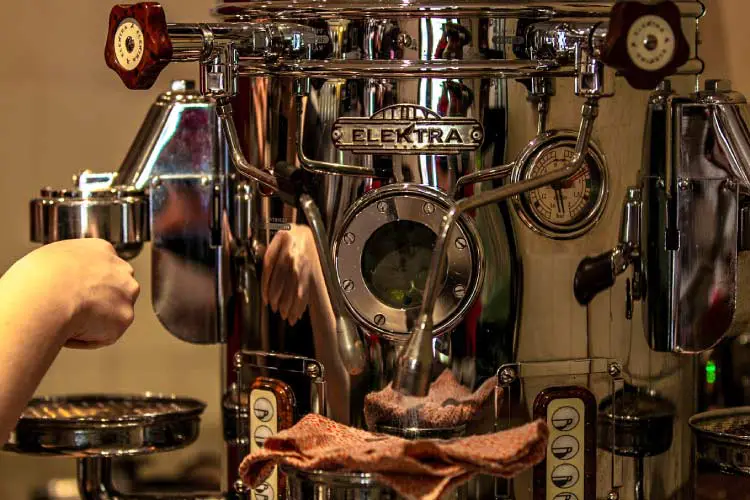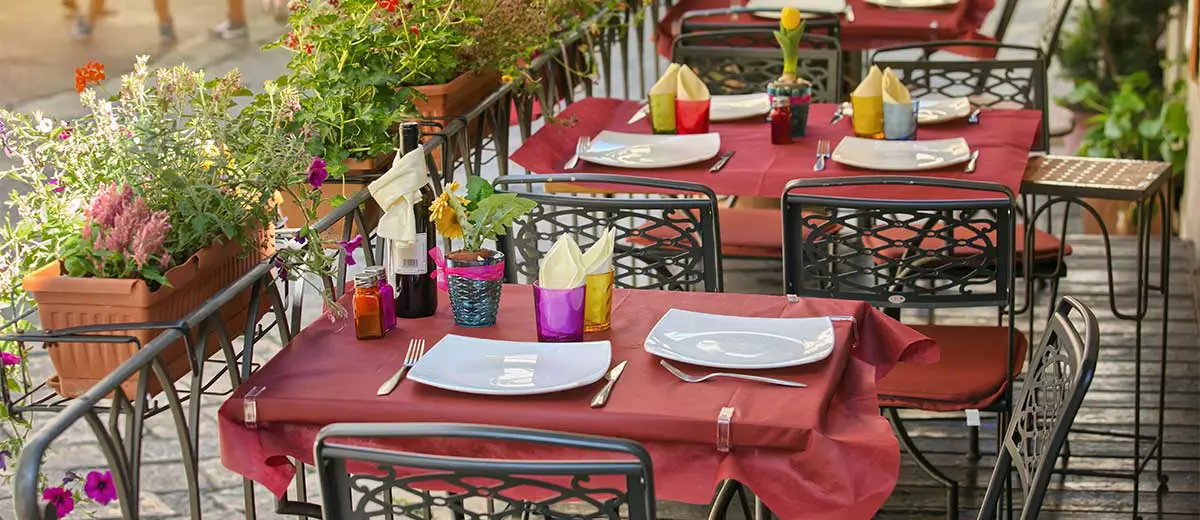Italian Cuisine
Simply put, Italy is considered by many as one of the top places to eat and drink in the world. Much like the cuisine of any other country, the cuisine in Italy has been influenced over the centuries by exploration and trade and there are a few important additions that forever changed the wonderful array of dishes you will taste in Italy today. The first documented references to Italian cuisine from the 4th and 5th centuries, focused on fresh, seasonal foods, much like the cuisine we are familiar with nowadays. It wasn’t until the Middle Ages that Italian cuisine became more complicated, with the addition of foreign spices brought from the Middle East, especially in the port cities of the south.
A large emphasis on service and etiquette was established in the 16th and 17th centuries, with knives, forks and other cutlery being introduced. This period was responsible for the experimentation of many deserts you will find in Italy today and also saw a return towards the 18th century in the simplification of the ingredients; removing a lot of spices and returning to freshly grown herbs such as basil, oregano and rosemary. Interestingly, tomatoes weren’t introduced into typical Italian cuisine until the 18th century, well after the discovery of the New World in the preceding centuries. Along with tomatoes, which make some of the classic pasta sauces and pizza bases we know today, potatoes were also introduced from South America, allowing the Italians to invent gnocchi. Although pasta has a long recorded history in Italy, pizza, as we know it today, wasn’t developed until the late 18th century and is generally attributed to cooks in Naples in the south. Particularly over the last two centuries, Italian cuisine has been refined into one of the most famous and widely cooked cuisines on earth and widely available in most corners of the world.
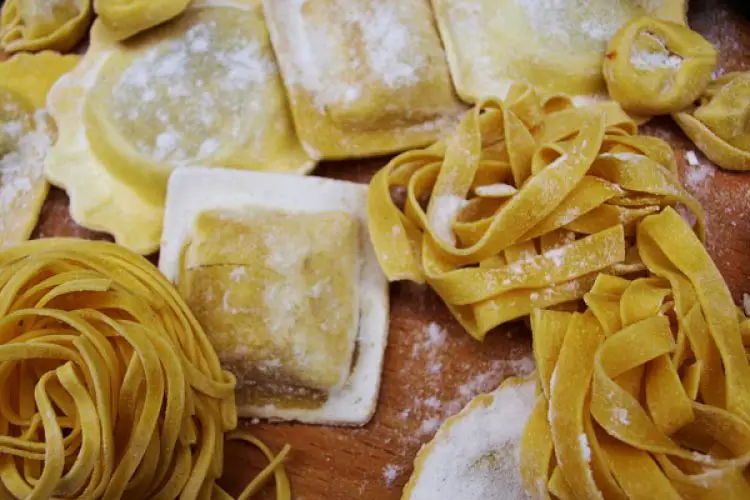
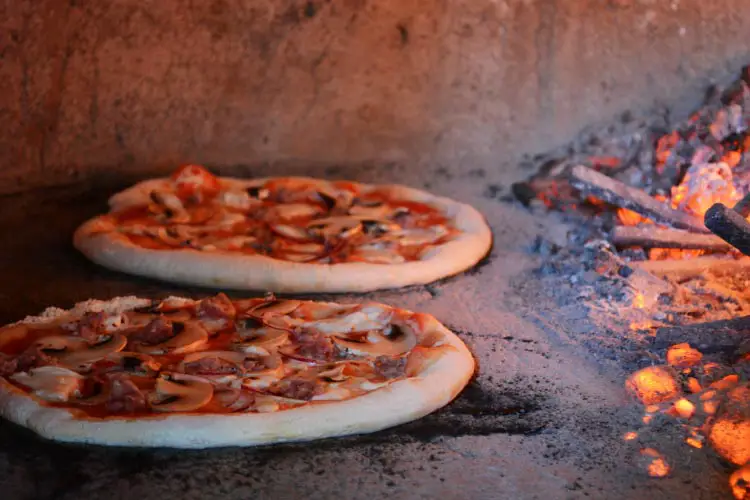
Food plays an important part in Italian culture and traditionally the food in Italy differs largely based on which region you visit. For example, each region used different cooking fats; butter was preferred in the north, pork fat was used in central Italy and olive oil was used in the south. Northern Italy was known generally as a more affluent area and so it was more traditional for this area to use fresh egg pasta with a white sauce. In the southern areas that were poorer, dried pasta was made from durum wheat which could then be stored for up to two years and is traditionally served with a tomato sauce. However, nowadays these regional differences have become somewhat of a blend, and most of the regional dishes you will find in most parts of the country.
The basic makeup of Italian cuisine contains grains, fresh fruits and vegetables, legumes, nuts, meat and fish, cheese and of course, wine and coffee. Grains in Italian cooking are used to create an array of breads and pastas, which are some of the most recognizable elements of Italian cuisine. Vegetables include tomatoes, garlic, onions, eggplant, bell peppers, mushrooms, celery and lots more; typically used in or with sauces to create delicious fresh dishes. Citrus fruits and berries are widely used across Italy as well as grapes and are either eaten on their own or incorporated into desserts or used to produced both alcoholic and non-alcoholic drinks. Legumes such as chickpeas and lentils are common as well as nuts such as pine nuts and almonds. Some of the most commons forms of protein found in Italian cooking are beef, chicken, pork and fish; traditionally fish being used in the coastal regions, however, today this is eaten throughout all of Italy thanks to modern refrigeration. Cheese is also an important part of the Italian diet and you will find cheese such as Ricotta, Mozzarella, Parmesan and Pecorino used too full effect!
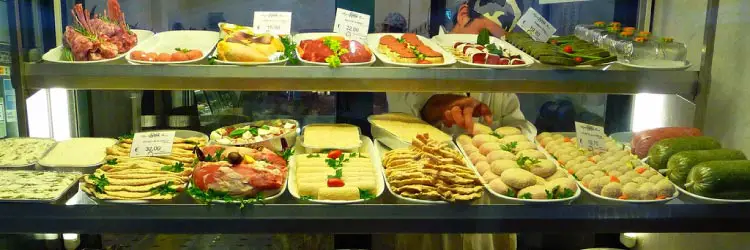
Italy is known as one of the top areas for coffee drinkers, although not for cultivating the beans themselves but the way it’s roasted and made in Italy. Coffee was introduced by traders from the Middle East, originally a drink for the aristocrats, it became more accessible after European colonies in South America and Asia began to supply the beans on a more regular basis. Italians may not have coffee plantations, but their place in coffee history was forever cemented with the invention of the espresso machine in 1945.
Coffee, like the food of Italy, tastes different in each region as the roasting techniques differ; Arabica beans are preferred in northern Italy for its full-bodied flavour and its low caffeine content, while they are blended with Robusta down south for a stronger drink. Beware, there is a certain etiquette for drinking coffee in Italy and it is taken very seriously; for example, milky coffees like cappuccinos and lattes are only consumed in the morning and you will be expected to consume your espresso immediately instead of taking your time, like the rest of the world!
